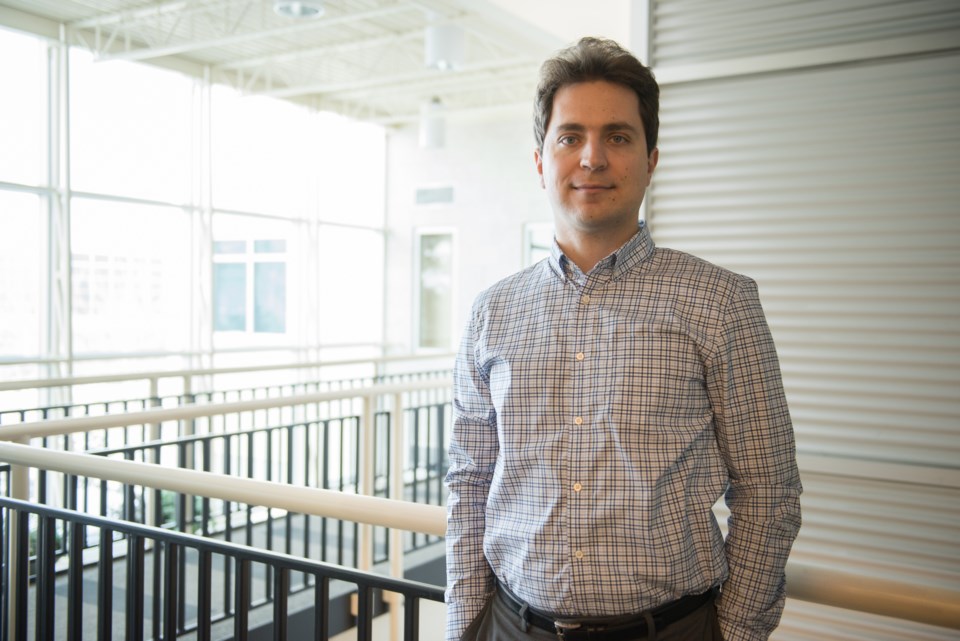Regina – While much of the Saskatchewan Research Council’s (SRC) efforts have been on enhanced oil recovery (EOR) of heavy oil, they also do work in “light and tight” oil.
Petro Nakutnyy is a business unit manager with SRC focusing on enhanced oil recovery. He spoke to Pipeline Newson Feb. 7.
With regards to light and tight, Nakutnyy said there had been a consortium for Bakken research, but consolidation of Bakken operators has resulted in its demise.
“We do have a Viking consortium that is going quite well,” Nakutnyy said. “The Viking formation is shallow, it’s cheap to drill. The oil is light and nice, and the formation has fairly high permeability, as light and tight reservoirs go. It’s 1 to 2 millidarcies, which is quite a bit higher than Bakken. So, there’s a lot we can do there. It’s not as big in terms of oil in place, but it’s very prolific.”
“It has a very high clay content, and a high decline rate. After one or two years of production, your well reduces to 10 per cent of initial production rate. You have to keep on drilling to maintain production. You can do infill, but there’s only so many places to drill.”
“You can also do waterflooding, and companies are currently doing waterflooding in the Viking. But there are problems. The Viking formation is tight, so it’s difficult to inject into. And it also has a very high clay content, 30 to 40 per cent clay, so you must be careful what type of water you inject.
“We are in Phase 6 of our Viking program. It started with looking into characterizing the reservoir and understanding it better. The Viking is very variable. You drill one well, and the well next to it can have very different properties,” Nakutnyy said. “There are a lot of internal faults in it. It’s a very complex formation.”
“In order to for us to understand what’s next, after primary production, we need to know what the formation is, and characterize it.”
The Viking has been developed over many decades, but there are still things that are unknown. While core analysis is part of it, so is water analysis. If you inject certain water in one pool, it might be fine, but in another pool, it could have a negative interaction with clays.
The area СŔ¶ĘÓƵ looked at is Kerrobert, Dodsland and Elrose. It changes depending on who is involved, as membership in the consortium has changed over the years as the operating companies have been bought and sold.
“Waterflood is one thing. We still need to understand it. But we already have hundreds of data points. What we are also trying to understand is what’s next, because waterflood doesn’t take you past 20, 30 per cent (of the original oil in place). You still leave a lot behind. We’re looking at ways to enhance waterflooding, be it salinity change, or the addition of surfactants. What about gas flooding? CO2 flooding? What about some thermal processes? It can have effects beyond viscosity,” Nakutnyy said.
Kelly Knorr, operations manager with SRC’s energy division, said that enhanced oil recovery is not a quick way to save money or make additional revenues. “It’s a long-term investment,” Knorr said.




